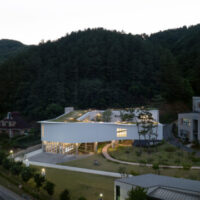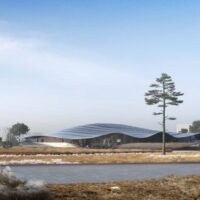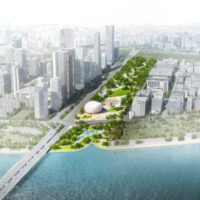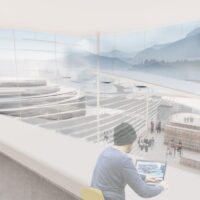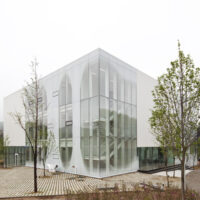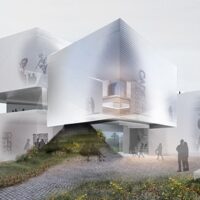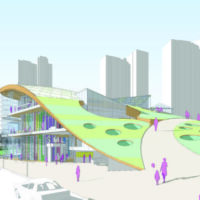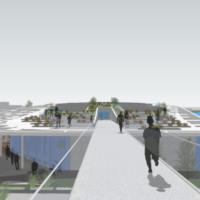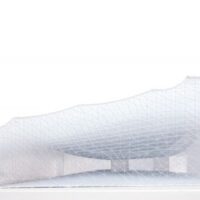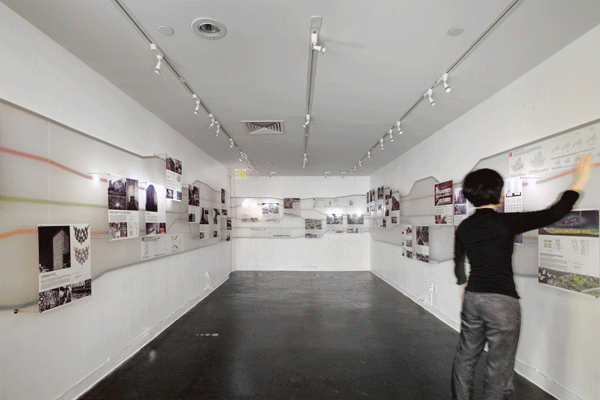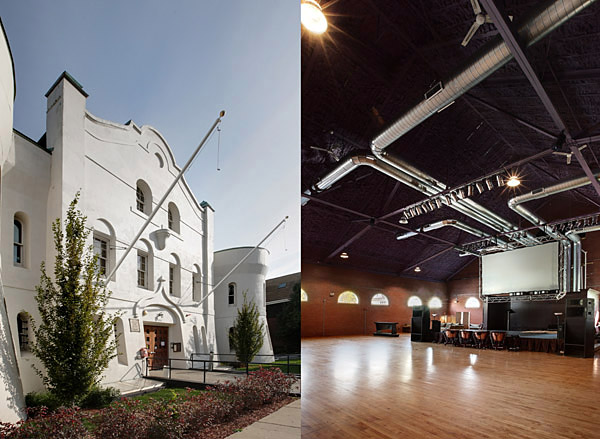Cultural Center Hodu
Chungnam, Korea[commissioned] The site is located in a depopulated rural town tucked under small mountains. Ironically, the only place we could build was where the five existing luscious cherry blossom trees were. Instead of constructing architectural features, we decided to build a backdrop to highlight these existing natural elements as the main features. We […]

